Cryotherapy has gained significant popularity in recent years as a cutting-edge treatment for various health and wellness applications. At the heart of this innovative therapy are cryo chambers, which come in two primary types: electric and liquid nitrogen. This article will explore the differences between these two technologies, helping you understand which might be best suited for your needs or business.
What Are Cryo Chambers?

Cryo chambers are specialised enclosures designed to expose the body to extremely cold temperatures for short periods. These chambers are the cornerstone of whole-body cryotherapy treatments, offering a controlled environment for safe and effective cold exposure therapy. Shop Qauntum Cryotherapy chambers from our collection.
What is the purpose of cryo chambers?
Cryo chambers serve several key purposes in the realm of health, wellness, and recovery:
- Alleviating pain from arthritic conditions: The reduced inflammation and cold-induced pain relief can provide significant comfort for those suffering from arthritis and other chronic pain conditions.
- Improved recovery from muscle injury: The anti-inflammatory properties and reduced muscle soreness post-exercise can significantly enhance muscle recovery times for athletes and those with muscle injuries.
- Enhanced athletic performance: Reduced inflammation translates to faster recovery, potentially allowing athletes to train harder and achieve better results.
- Improved sleep patterns: Certain studies suggest WBC can regulate the body's natural sleep-wake cycle, leading to better quality sleep.
- Enhanced mood: Improved sleep and pain management can positively impact mood and reduce anxiety symptoms.
Read our complete cryotherapy buying guide to learn more.
How do cryo chambers work?
Cryo chambers work by rapidly lowering the skin's surface temperature, typically to between -110°C to -140°C, for a short duration of 2-3 minutes. This process triggers several physiological responses:
- Reduced peripheral blood flow: This phenomenon, similar to the body's natural response to cold, helps to numb pain and reduce inflammation.
- Enhanced anti-inflammatory activity: The cold temperatures can lead to a decrease in pro-inflammatory cytokines and an increase in anti-inflammatory cytokines, promoting healing and reducing tissue damage.
What are the different types of cryo chambers?
There are two primary types of cryo chambers used in whole-body cryotherapy:
- Electric Cryo Chambers: These use electricity-powered refrigeration systems to cool the air within the chamber.
- Liquid Nitrogen Cryo Chambers: These chambers use vaporised liquid nitrogen to achieve extremely low temperatures.
Each type has its own set of advantages and considerations, which we'll explore in detail in the following sections. Understanding the differences between these two technologies is crucial for anyone considering cryotherapy treatments or looking to invest in cryotherapy equipment for their business.
Understanding Electric Cryo Chambers

Electric cryo chambers represent a significant advancement in cryotherapy technology, offering a modern alternative to traditional liquid nitrogen-based systems. These innovative chambers use electricity to cool the air, providing a safe and controlled environment for whole-body cryotherapy treatments.
How do electric cryo chambers operate?
Electric cryo chambers work on principles similar to refrigeration systems:
- Cooling System: The chamber uses electric power to drive a compressor, which circulates refrigerant through the system.
- Heat Transfer: The refrigerant absorbs heat from inside the chamber and releases it outside, rapidly cooling the interior.
- Temperature Control: Advanced control systems maintain the desired temperature, typically between -110°C and -140°C.
- Air Circulation: Cold air is circulated within the chamber, ensuring even cooling around the body.
- Fresh Air Introduction: Each session starts with fresh air being introduced and rapidly cooled, ensuring a high oxygen content for the user.
What are the advantages of using electric cryo chambers?
Electric cryo chambers offer several benefits over traditional liquid nitrogen systems:
- Safety: They eliminate the risk of nitrogen burns.
- Consistency: Electric chambers provide more consistent temperature control throughout the session.
- Environmental Friendliness: They don't require the use of liquid nitrogen, making them a more eco-friendly option.
- Cost-Effective Operation: Once installed, electric chambers have lower operational costs, especially for high-volume use.
- Ease of Use: Many electric models are plug-and-play, requiring no additional infrastructure upgrades.
Are there any disadvantages to electric cryo chambers?
While electric cryo chambers offer many advantages, there are some potential drawbacks:
- Higher Initial Cost: Electric chambers often have a higher upfront cost compared to some liquid nitrogen systems.
- Power Requirements: They require a stable electrical supply, which may necessitate electrical upgrades in some facilities.
- Maintenance: While generally reliable, electric systems may require specialised maintenance for their cooling components.
What kind of temperature ranges do electric cryo chambers achieve?
Electric cryo chambers typically achieve temperatures between:
- -110°C and -140°C
This range is comparable to liquid nitrogen chambers and is sufficient to trigger the body's cold shock response, which is key to the therapeutic effects of cryotherapy
Electric cryo chambers represent a significant step forward in cryotherapy technology, offering a safe, efficient, and environmentally friendly option for wellness centres and sports facilities. Their consistent performance and lower operational costs make them an attractive choice for businesses looking to provide high-quality cryotherapy services. We also have a guide comparing whole body cryotherapy with other therapy methods that you can consult.
Exploring Liquid Nitrogen Cryo Chambers

Liquid nitrogen cryo chambers have been the traditional choice for whole-body cryotherapy treatments since the inception of this therapy. These chambers utilise the extreme cold-producing properties of liquid nitrogen to create an environment that rapidly cools the body, triggering various physiological responses.
What is liquid nitrogen and why is it used in cryo chambers?
Liquid nitrogen is obviously nitrogen in a liquid state, which occurs at extremely low temperatures:
- It has a boiling point of -195.8°C at atmospheric pressure.
- When it evaporates, it rapidly absorbs heat from its surroundings, creating an intensely cold environment.
Liquid nitrogen is used in cryo chambers because:
- It can produce extremely low temperatures quickly and efficiently.
- It's relatively inexpensive and widely available.
- It's inert, meaning it doesn't react with other substances, making it safe for use around humans when properly handled.
How do liquid nitrogen cryo chambers function?
Liquid nitrogen cryo chambers operate through a process of controlled evaporation:
- Nitrogen Storage: Liquid nitrogen is stored in a specialised tank connected to the chamber.
- Vaporisation: As needed, liquid nitrogen is released into the chamber where it rapidly vaporises.
- Temperature Control: The vaporised nitrogen cools the air inside the chamber to temperatures between -110°C and -160°C.
- Circulation: Cold nitrogen gas circulates within the chamber, enveloping the user's body.
- Ventilation: Excess nitrogen gas is safely vented out of the chamber to maintain proper oxygen levels.
What are the benefits of liquid nitrogen cryo chambers?
Liquid nitrogen chambers offer several advantages:
- Rapid Cooling: They can achieve extremely low temperatures very quickly.
- Deep Cold: Liquid nitrogen chambers can often reach lower temperatures than electric chambers.
- Lower Initial Cost: Many liquid nitrogen systems have a lower upfront cost compared to electric chambers.
- Flexibility: They can be used in locations where high-power electrical systems are not available.
- Proven Track Record: Liquid nitrogen chambers have been used successfully for many years in cryotherapy treatments.
What are the potential risks associated with liquid nitrogen cryo chambers?
While liquid nitrogen chambers are generally safe when properly operated, there are some risks to consider:
- Asphyxiation Risk: If not properly ventilated, nitrogen gas can displace oxygen in the room, potentially leading to asphyxiation.
- Cold Burns: Direct contact with liquid nitrogen or extremely cold surfaces can cause severe cold burns.
- Operational Complexity: These systems require careful handling and storage of liquid nitrogen, which can be challenging.
- Ongoing Costs: The need for regular liquid nitrogen refills can lead to higher operational costs over time.
- Temperature Fluctuations: Some systems may experience temperature variations during a session as the liquid nitrogen evaporates.
Liquid nitrogen cryo chambers remain a popular choice in the cryotherapy industry due to their effectiveness and long-standing use. However, operators must be well-trained in their use and safety protocols to ensure a safe experience for clients. As with any cryotherapy system, proper maintenance, regular safety checks, and adherence to manufacturer guidelines are crucial for safe and effective operation.
Comparing Electric vs Liquid Nitrogen Cryo Chambers
When considering cryotherapy equipment for your wellness business, understanding the differences between electric and liquid nitrogen cryo chambers is crucial. Both types offer unique advantages and have distinct characteristics that can impact your operations and client experience.
What are the key differences between electric and liquid nitrogen cryo chambers?
Electric and liquid nitrogen cryo chambers differ in several key aspects:Operation:
- Electric chambers use refrigeration systems to cool the air
- Liquid nitrogen chambers vaporise liquid nitrogen to create cold temperatures
Temperature Range:
- Electric: Typically reach -110°C to -140°C
- Liquid Nitrogen: Can achieve lower temperatures, often down to -160°C
Cooling Speed:
- Electric: Generally takes longer to cool, often 90 minutes or more
- Liquid Nitrogen: Rapid cooling, usually within 3-5 minutes
Treatment Area:
- Electric: Often allows for whole-body exposure, including the head
- Liquid Nitrogen: Usually requires the head to remain outside the chamber
Safety:
- Electric: No risk of nitrogen exposure, uses breathable air
- Liquid Nitrogen: Requires careful handling and ventilation to prevent asphyxiation risks
Which cryo chamber is more cost-effective?
Cost-effectiveness depends on various factors:Initial Purchase:
- Electric chambers typically have a higher upfront cost
- Liquid nitrogen chambers often have a lower initial price
Operational Costs:
- Electric: Lower ongoing costs, mainly electricity consumption
- Liquid Nitrogen: Higher operational costs due to regular nitrogen purchases
Long-term Savings:
- Electric chambers often prove more cost-effective over time, especially for high-volume use
- Liquid nitrogen chambers may be more economical for lower-volume operations
How do the maintenance requirements differ between the two types?
Maintenance needs vary significantly:Electric Chambers:
- Require regular maintenance of refrigeration systems
- May need specialised technicians for repairs
- Generally have lower frequency of maintenance issues
Liquid Nitrogen Chambers:
- Require regular checks of nitrogen delivery systems
- Need careful monitoring of seals and venting systems
- May have more frequent maintenance due to cryogenic component wear
What are the safety considerations for each type of cryo chamber?
Safety is paramount for both types, but considerations differ:Electric Chambers:
- Lower risk of asphyxiation
- No handling of cryogenic liquids required
- Need proper electrical safety measures
Liquid Nitrogen Chambers:
- Risk of asphyxiation if not properly ventilated
- Requires careful handling of liquid nitrogen
- Need for oxygen level monitoring in the room
Which Cryo Chamber is Right for You?

Choosing between electric and liquid nitrogen cryo chambers depends on various factors specific to your business needs and goals.
What factors should you consider when choosing a cryo chamber?
Consider the following when making your decision:
- Budget constraints (initial investment vs. long-term costs)
- Available space and infrastructure
- Expected client volume
- Desired treatment options (whole-body vs. partial-body cryotherapy)
- Local regulations and safety requirements
- Staff expertise and training capabilities
How do your specific needs influence the choice between electric and liquid nitrogen cryo chambers?
Your choice should align with your business model:
- High-volume operations may benefit more from electric chambers due to lower per-session costs
- Businesses with limited space might prefer compact liquid nitrogen units
- Those prioritising whole-body treatments should lean towards electric chambers
- Mobile or pop-up services might find liquid nitrogen chambers more practical
What is the future of cryotherapy technology?
The cryotherapy industry is evolving rapidly:
- Trend towards more efficient and environmentally friendly electric systems
- Development of hybrid systems combining benefits of both technologies
- Integration of advanced monitoring and customization features
- Increased focus on user experience and treatment effectiveness
As the industry progresses, we can expect to see more innovative solutions that address current limitations and improve overall treatment efficacy.
Conclusion
Both electric and liquid nitrogen cryo chambers offer unique benefits for cryotherapy businesses. Electric chambers provide safer, more consistent treatments with lower long-term costs, making them ideal for high-volume operations. Liquid nitrogen chambers offer rapid cooling and lower initial costs, suiting businesses with lower treatment volumes or space constraints.Ultimately, the right choice depends on your specific business needs, budget, and long-term goals. Consider factors such as operational costs, safety requirements, and treatment preferences when making your decision. As cryotherapy technology continues to advance, staying informed about the latest developments will help you make the best choice for your wellness business and clients.
Q: What is the difference between nitrogen cryotherapy and electric cryotherapy?
A: The primary difference between nitrogen cryotherapy and electric cryotherapy lies in the method of cooling. Nitrogen cryotherapy uses liquid nitrogen to lower the temperature inside the cryotherapy chamber, while electric cryotherapy relies on electric cooling systems. Each type has its own set of benefits and applications.
Q: How does a cryotherapy chamber work?
A: A cryotherapy chamber works by exposing the body to extremely low temperatures for a short period, usually between 2 to 4 minutes. This exposure can induce various physiological responses that may help with muscle recovery, pain relief, and inflammation reduction. The specific mechanisms can vary depending on whether the chamber uses nitrogen or electricity.
Q: What are the benefits of cryotherapy?
A: The benefits of cryotherapy include reduced muscle soreness, improved recovery time after exercise, improved athletic performance, reduced inflammation, and potential skin benefits. Both nitrogen and electric cryotherapy can provide these advantages, though their effectiveness may vary based on individual preferences and needs.
Q: Can I use cryotherapy for localised treatment?
A: Yes, localised cryotherapy can be performed using targeted cryotherapy machines designed to cool specific areas of the body. This form of cryotherapy is beneficial for treating localised pain, injuries, or inflammation, and can complement whole body cryotherapy sessions.
Q: Are there any risks associated with nitrogen cryotherapy?
A: Yes, nitrogen can cause skin temperature to drop rapidly, which may lead to frostbite if not used properly. It's essential to follow safety guidelines and use cryotherapy chambers operated by trained professionals to minimise risks.
Q: Which type of cryotherapy chamber is more effective for muscle recovery?
A: Both nitrogen and electric cryotherapy chambers can be effective for muscle recovery. The choice often depends on personal preference, availability, and comfort. Some individuals may prefer the intense cooling of nitrogen chambers, while others may find electric machines more suitable.
Q: What should I expect during a cryotherapy session?
A: During a cryotherapy session, you will enter a cryotherapy chamber where the temperature will drop significantly. The session typically lasts between 2 to 3 minutes. You may experience a cold sensation, but the treatment is generally well-tolerated. It is advisable to wear protective gear for sensitive areas.
Q: How much do cryotherapy chambers cost for a business?
A: The cost of cryotherapy chambers can vary widely depending on the type (nitrogen vs electric), brand, and features. Generally, prices can range from a few thousand dollars for smaller machines to over £100,000 for advanced cryotherapy machines used in commercial settings.
Q: Can cryotherapy help with skin conditions?
A: Some studies have shown cryotherapy to help with certain skin conditions by reducing inflammation and promoting healing. It is believed that the extreme cold may improve skin texture and tone, making it a popular choice for individuals looking to improve their skincare routine.


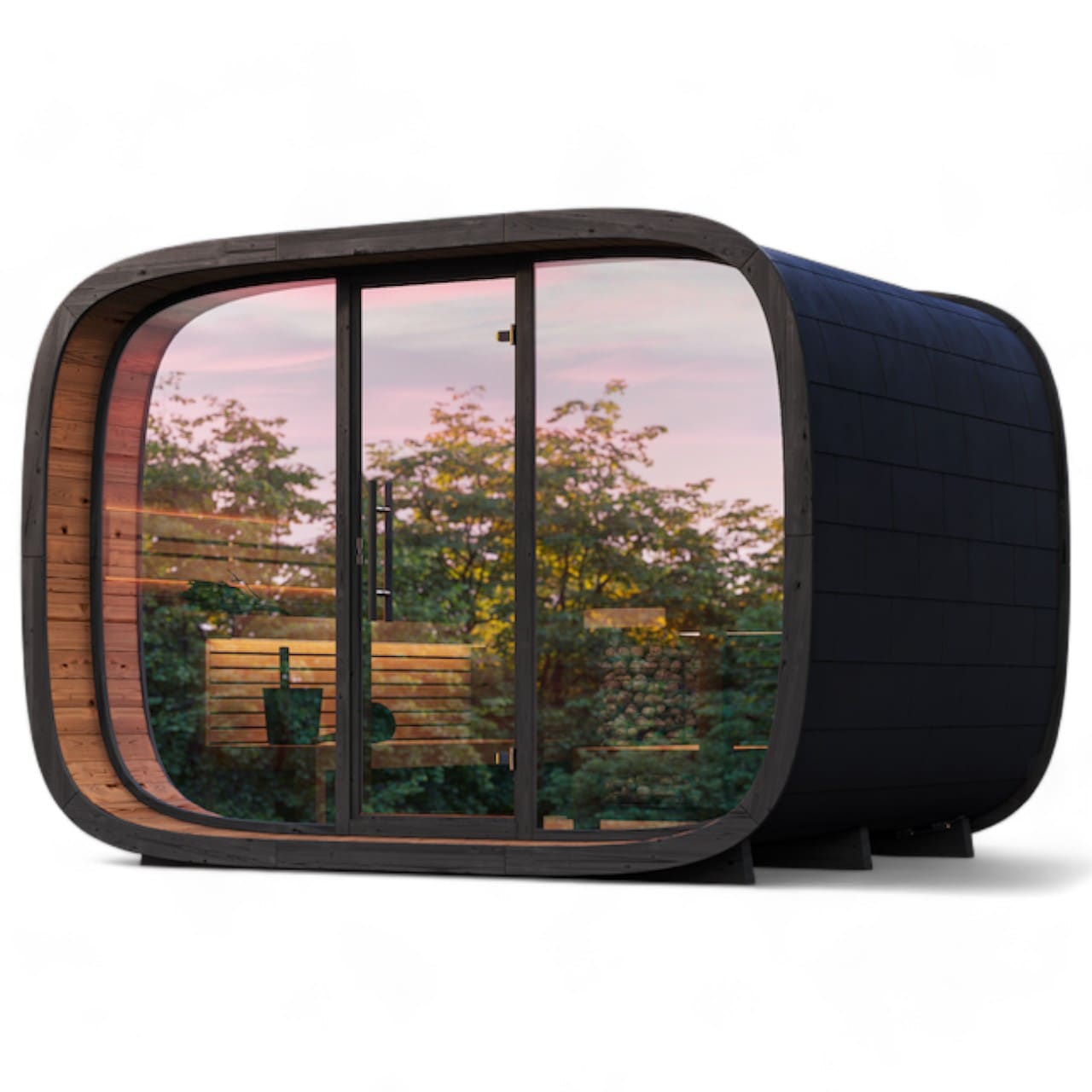
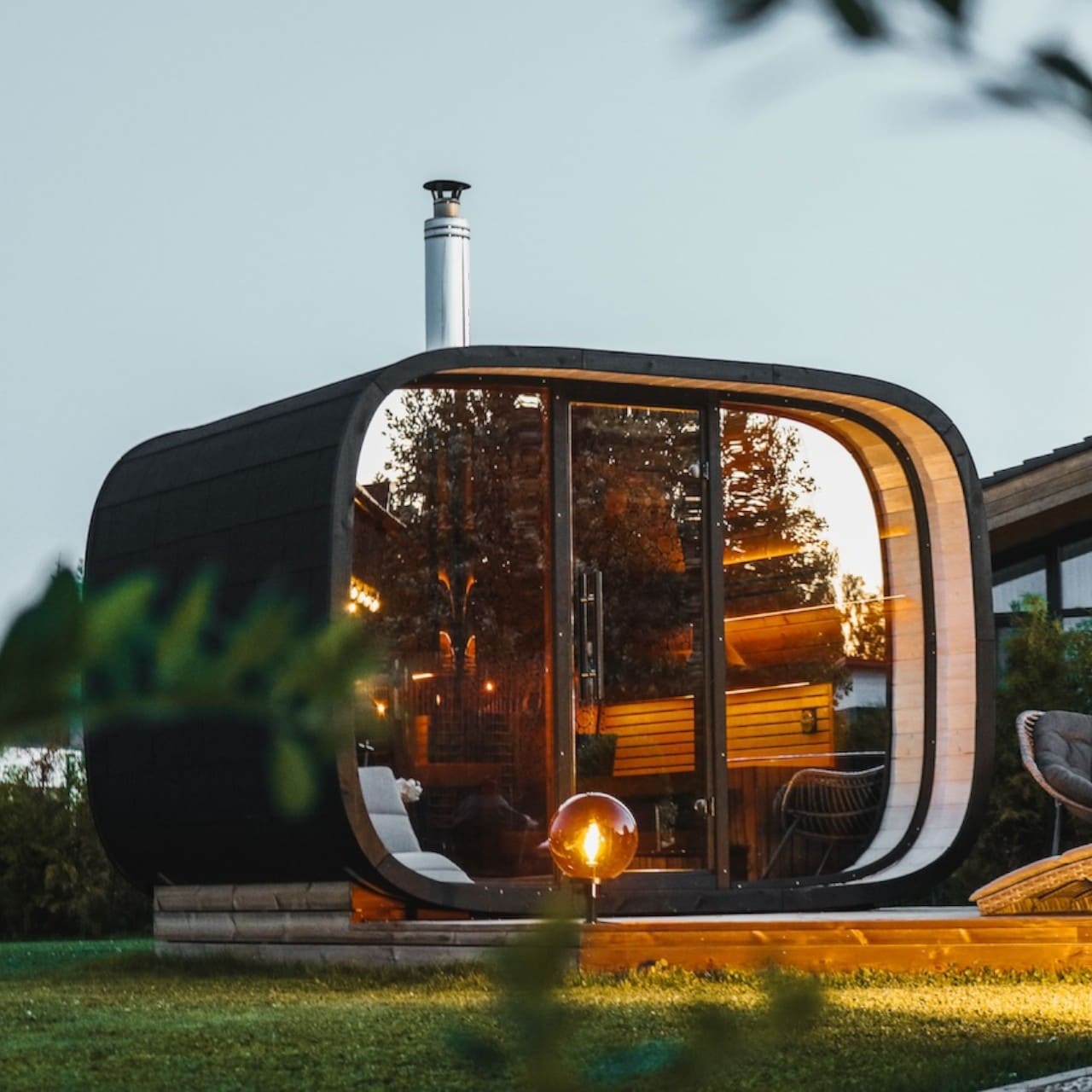


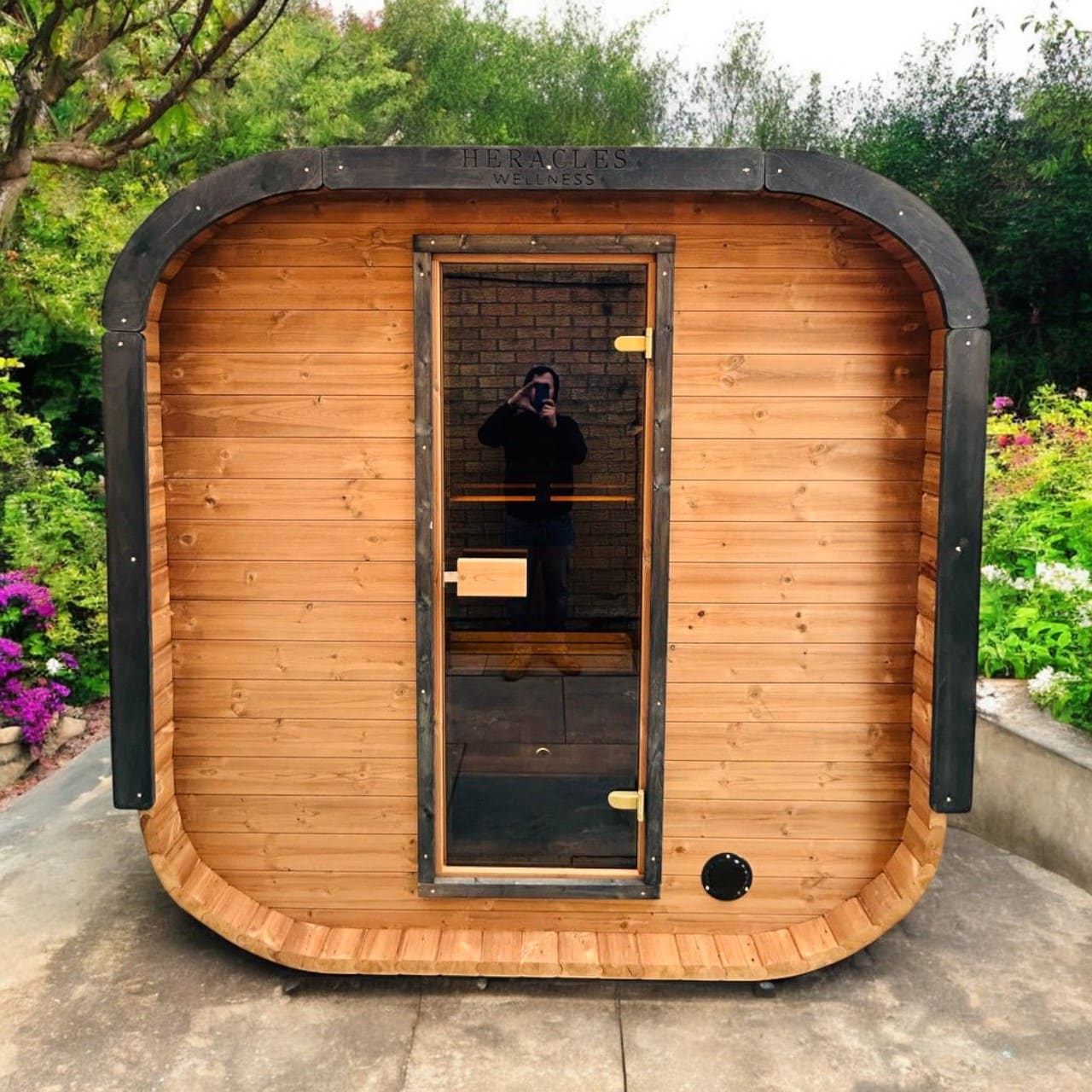
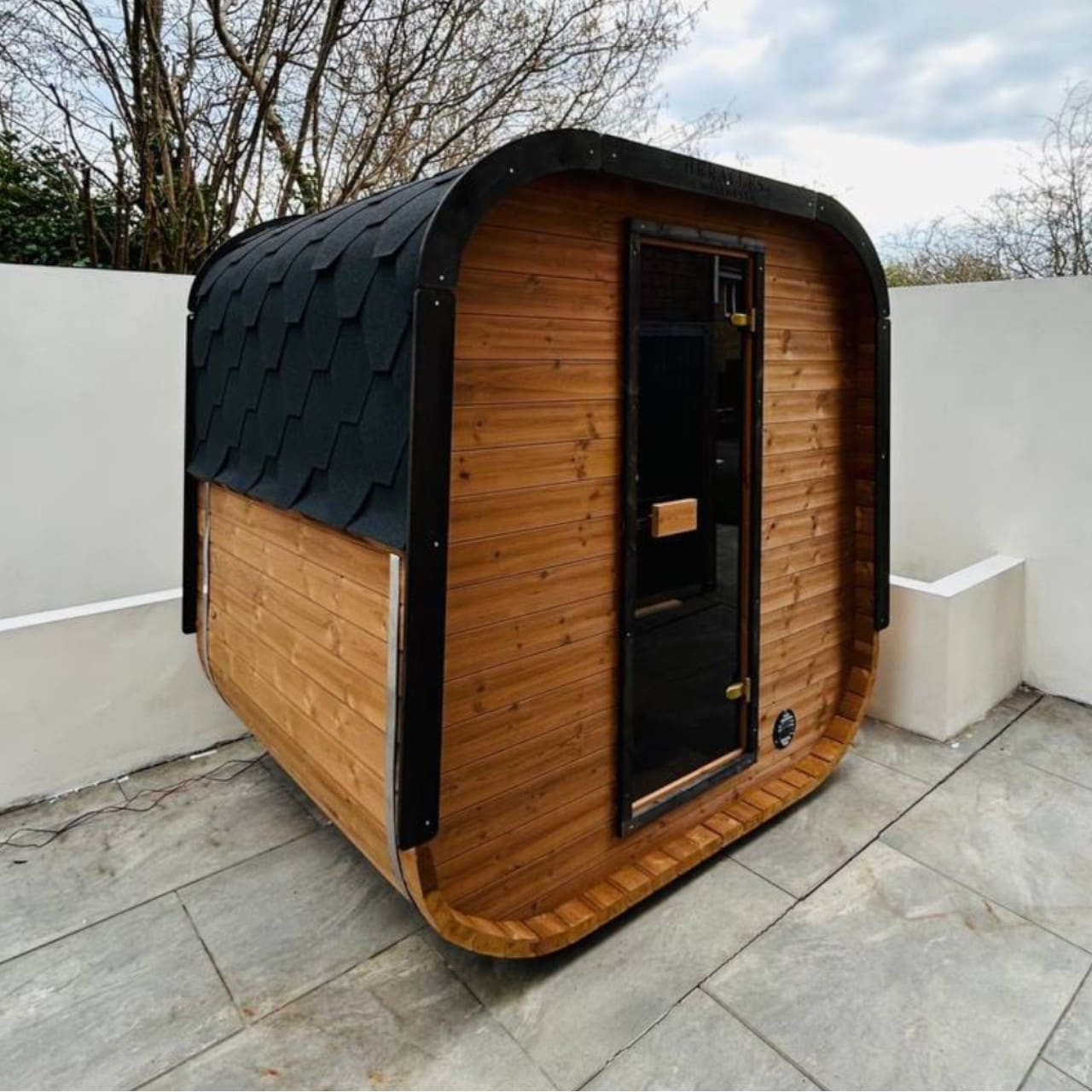
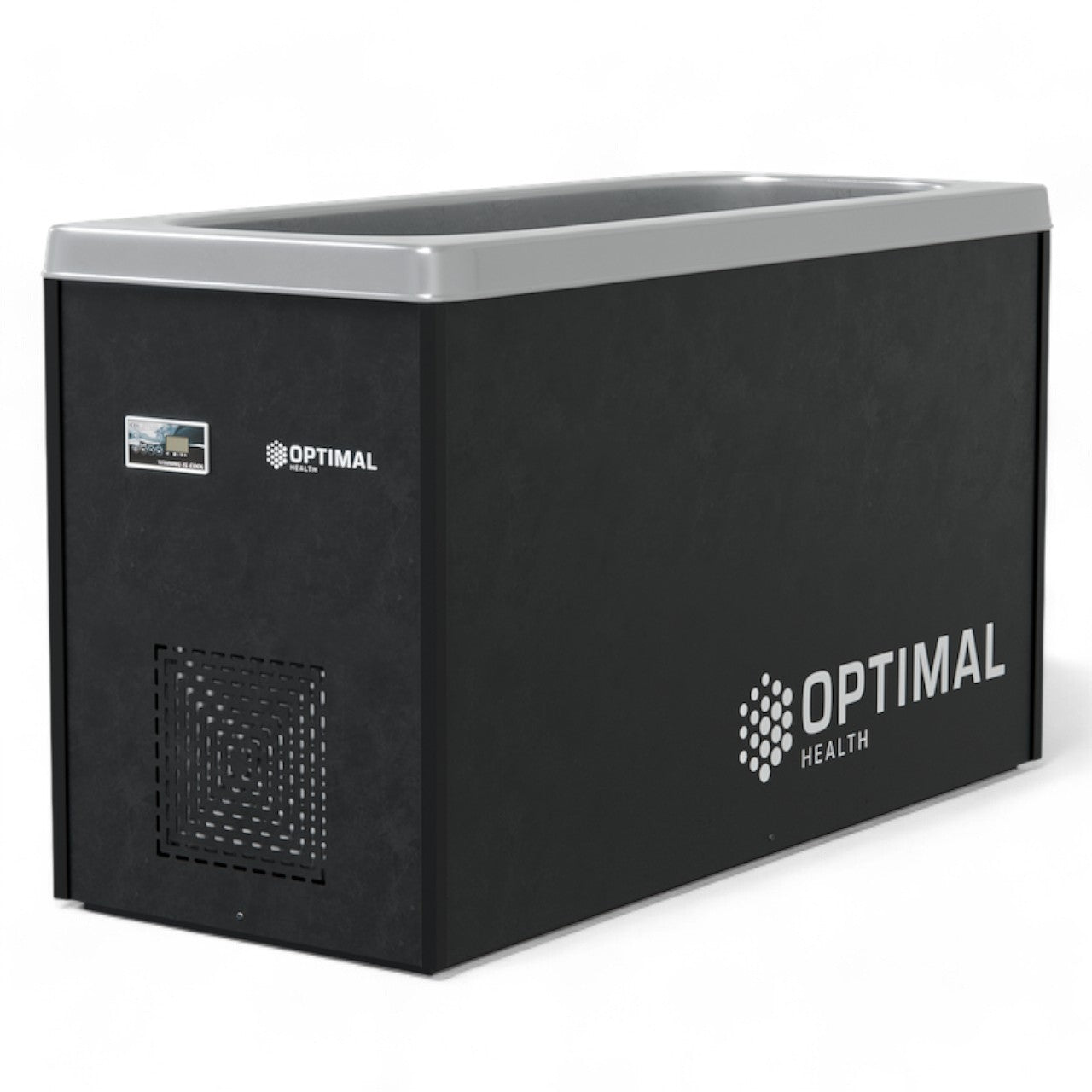
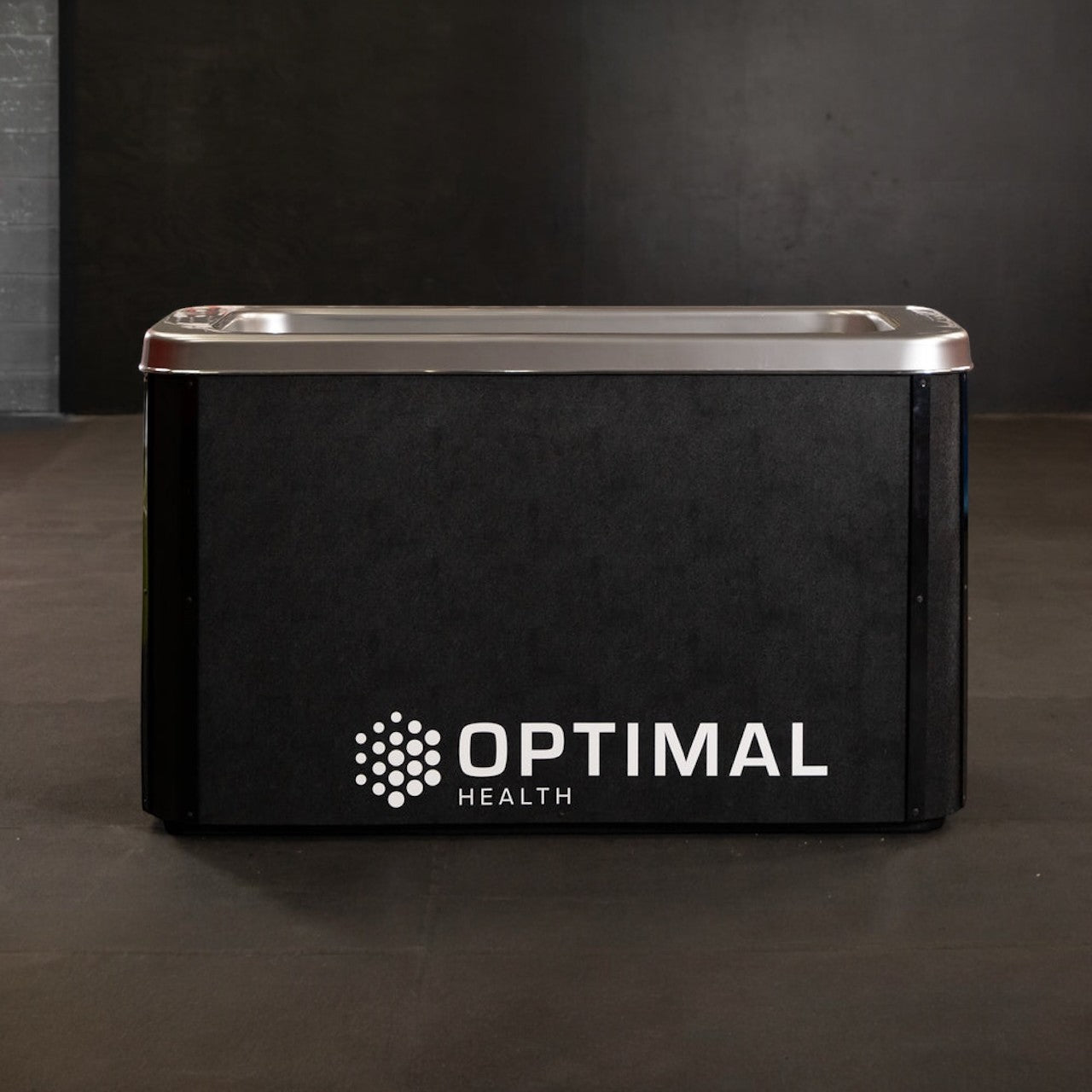

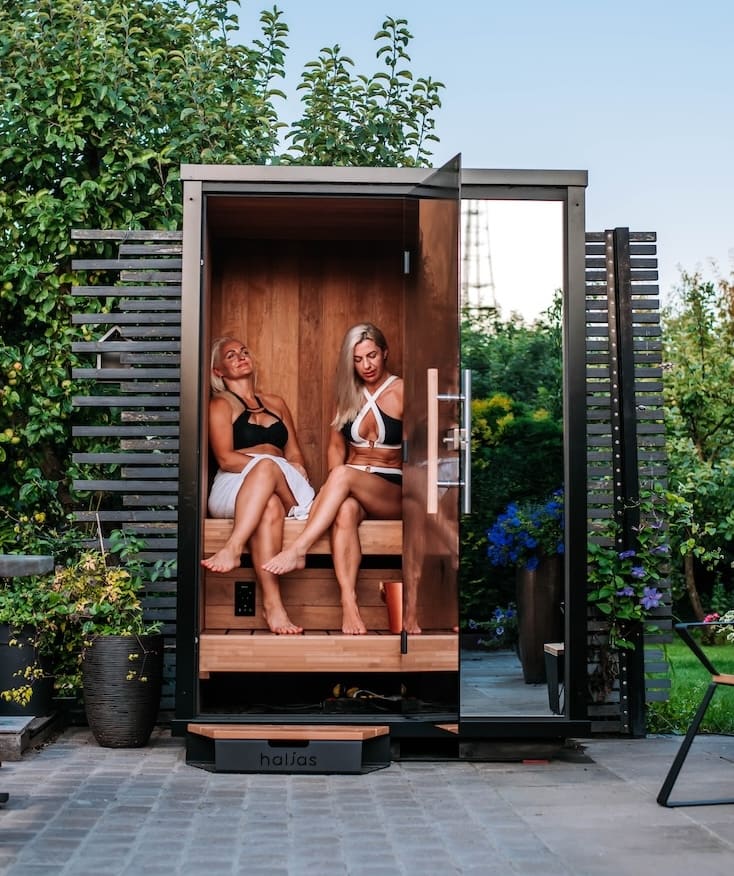



Leave a comment